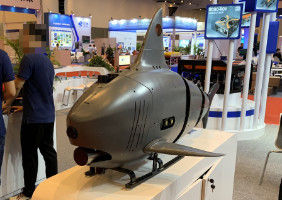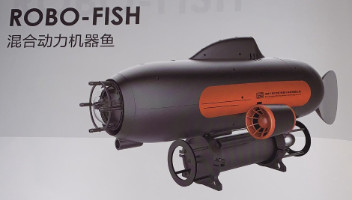Updated with Cinese projects. Originally posted Sept 29
Share:  _
_
 _
_

Guide to Biomimetic Underwater Vehicles
EDA SABUVIS I / II
The European Defence Agency’s (EDA) SABUVIS-II s a 4-year program to develop a swarm of biomimetic underwater vehicles for underwater intelligence, surveillance and reconnaissance (ISR). Poland and Germany are partne nations with Portugal having dropped after the More research focused SABUVIS I program which completed in 2019.

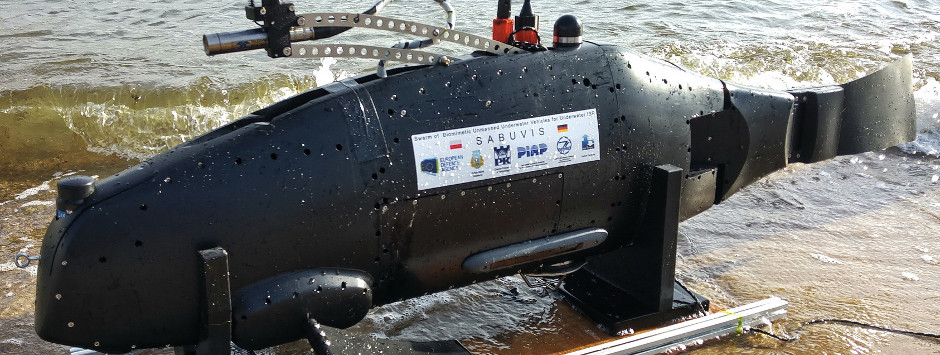
Sabuvis-I testbed. EDA.
Replicating key features of marine life, principally those of propulsion and behavior are hoped to make them harder to detect or differentiate from background clutter, thus increasing survivability. EDA also suggest that the propulsion system might be more efficient than a screw.
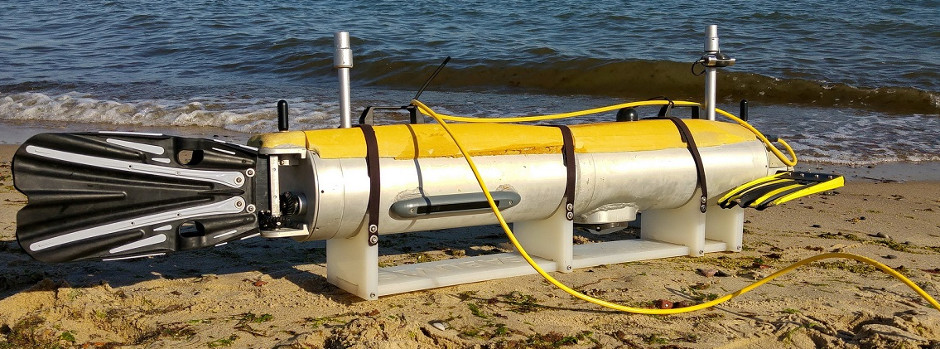
Early model BUV (Biomimetic Underwater Vehicle) built in Poland for SABUVIS, 2016
US Navy GhostSwimmer
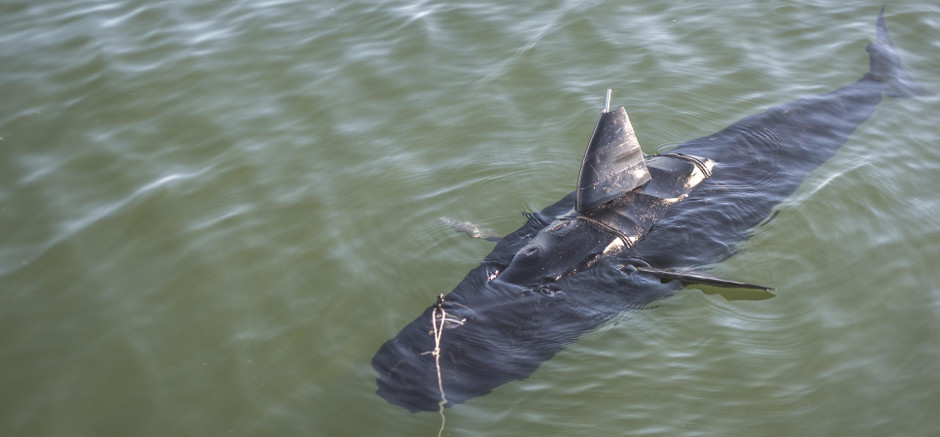
A Tuna-like Unmanned Underwater Vehicle (UUV) developed around 2013/4 as part of a rapid prototyping project under Silent NEMO program for Office of Naval Research (ONR). According to Navy Warfare Development Command (NWDC) its bio-mimicry was intended to provide additional security during low visibility intelligence, surveillance and reconnaissance (ISR) missions and friendly hull inspections, while quieter than propeller driven craft of the same size.

Get The essential guide to World Submarines
This Covert Shores Recognition Guide Covers over 80 classes of submarines including all types currently in service with World Navies.Check it out on Amazon
Sea Hunting Autonomous Reconnaissance Drone (SHARD)
Australian defense firm Defendtex revealed their quid-like Soft Robotic Cephalopod at DSEI 2019. The weapon is designed to operate in swarms, being used in ASW, A2/AD, and ISR missions.
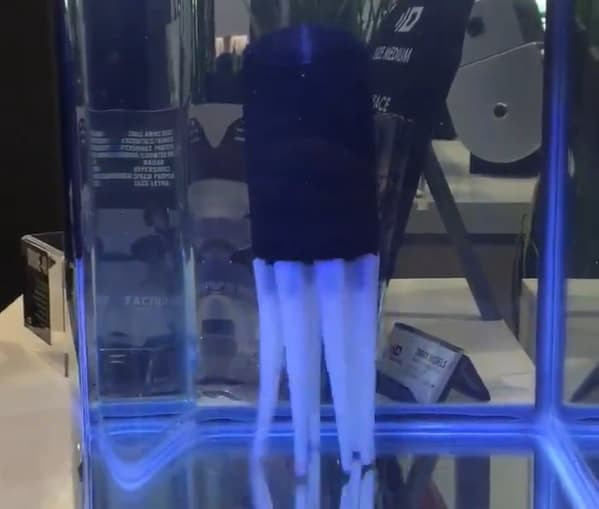
Source https://milirepo.sabatech.jp/
Soviet Hydrobionic research
During the Cold War Soviet scientists experimented with a range of bio-mimicking submersibles including manned prototypes and torpedo-like devices. Photos and information is very rare. Design was carried out at "Department 2346" Leningrad Military Mechanical Institute ("Voenmehe"). Within 234, Department 30 was responsible primarily for Torpedo design but iIn the late 1950s it had also been responsible for the Proteus family of Diver Propulsion Vehicles (DPVs) used by Spetsnaz.

In 1969 the Department's Student Design Bureau (SKB), led by Professor E.P. Nosov, developed a two-seater submarine with fish-mimicking “fin propulsion”. Instead of a propeller, the submarine was propelled by a mechanical tail which moved approximately like a fish. The Afalina-1 (Афалина-1) competed against other shipbuilding projects at the Exhibition of Achievements of the National Economy (VDNKh) in Moscow in 1970, where it was awarded a Gold Medal.
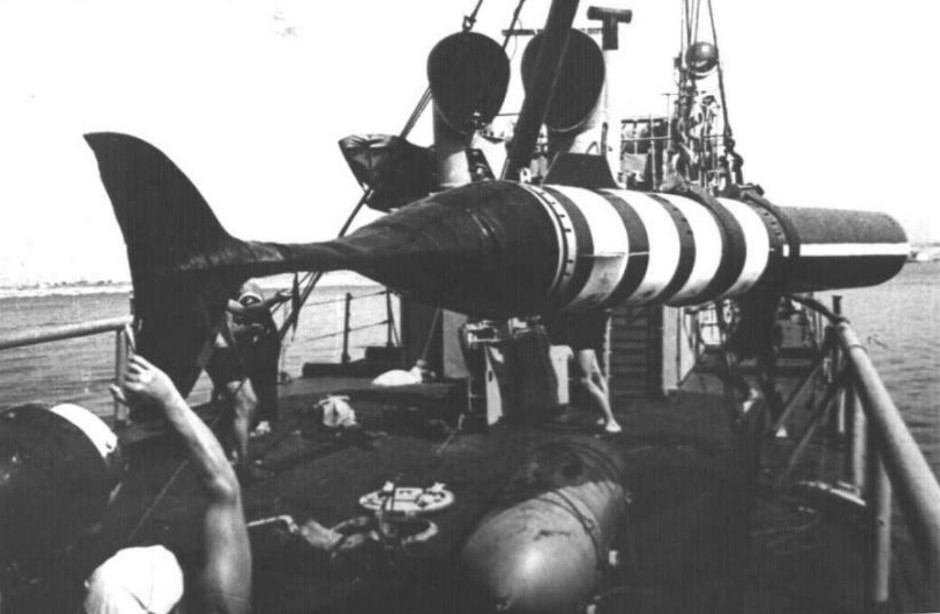
Soviet Torpedo-based hydro-bionic propulsion testbed
Biomimetic weapons do not appear to have entered service. Follow-on research was civilian focused and was demonstrated in Russia and Europe.
THE book on Special Forces subs Covert Shores 2nd Edition. A world history of naval Special Forces, their missions and their specialist vehicles. SEALs, SBS, COMSUBIN, Sh-13, Spetsnaz, Kampfschwimmers, Commando Hubert, 4RR and many more.
Check it out on Amazon
Black River BR100
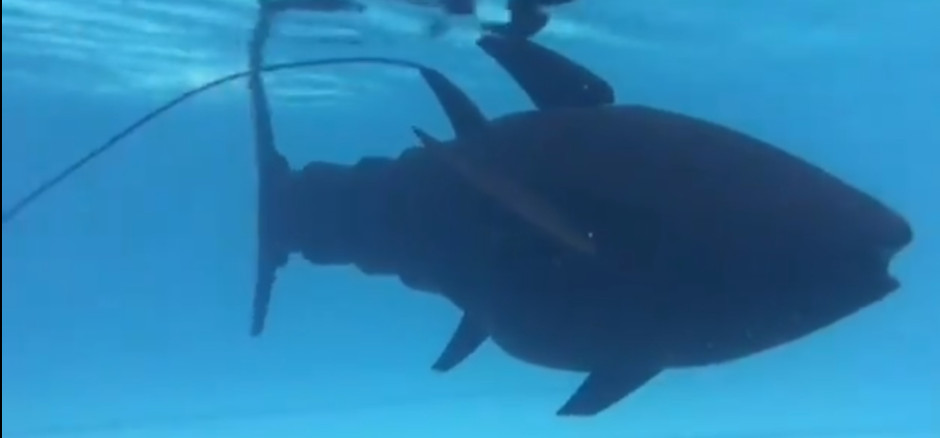
The Black River BR100 demonstrator began testing in October 2018.

BIOSwimmer
The BIO-Swimmer AUV was developed by Boston Engineering Corporation’s Advanced Systems Group for the U.S. Department of Homeland Security (DHS) Science & Technology (S&T) Directorate’s Small Business Innovation Research (SBIR) program. Tasks for the BIO-Swimmer were expected to include conducting ship hull inspections; performing search and rescue missions; and checking cargo holds that may have toxic fluids.
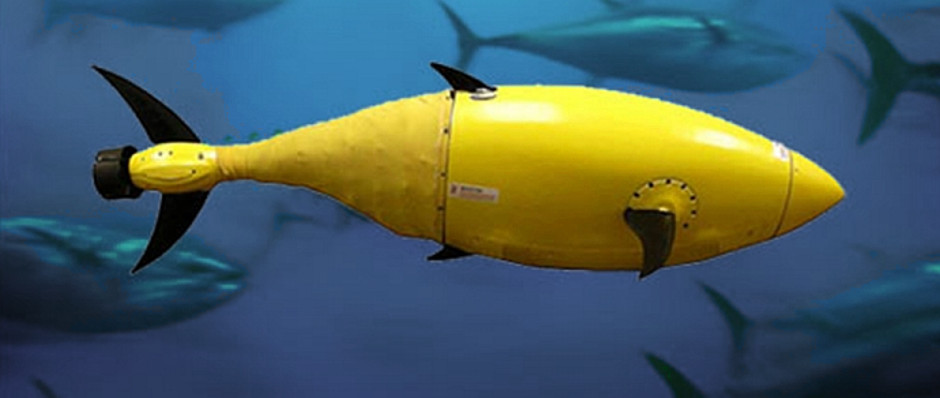
Robo-Shark / Robo-Fish
A Chinese project to develop a military AUV with high speed and high payload. It claims to have low flow noise and a sonar-absorbing coating. It can be used for ISR (Intelligence, Surveillance and Reconnaissance), particularly bottom survey, search and communications. There is also the smaller Rob-Fish design.
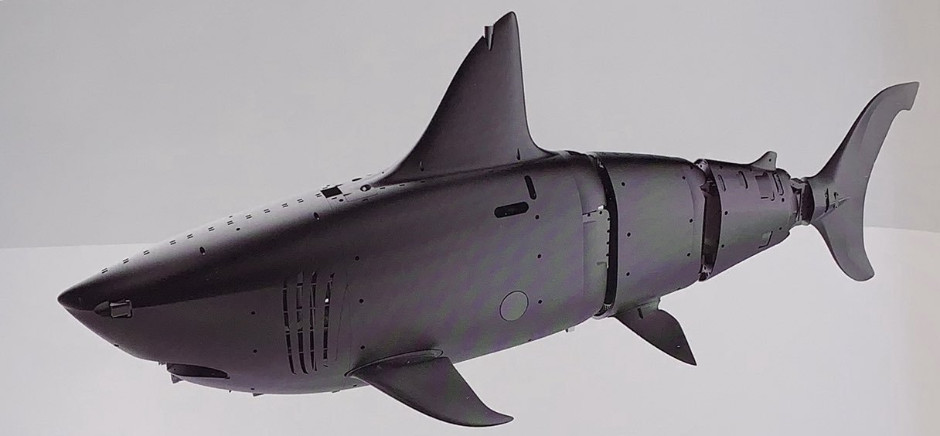
Source Stephen Hall (Twitter)
Chinese Ray design
A team from the School of Marine Science and Technology at the PRC Northwestern Polytechnical University developed manta ray-shaped biomimetic underwater drone, revealed in August 2019. The smallest prototype has a wingspan of 0.8 meters and has a top speed of 1 knot per hour powered by a lithium battery. Larger prototypes have been built with 2 meter and 3 meter wingspans. The status of the project and relationship to naval programs or requirements, if any, remain unclear.
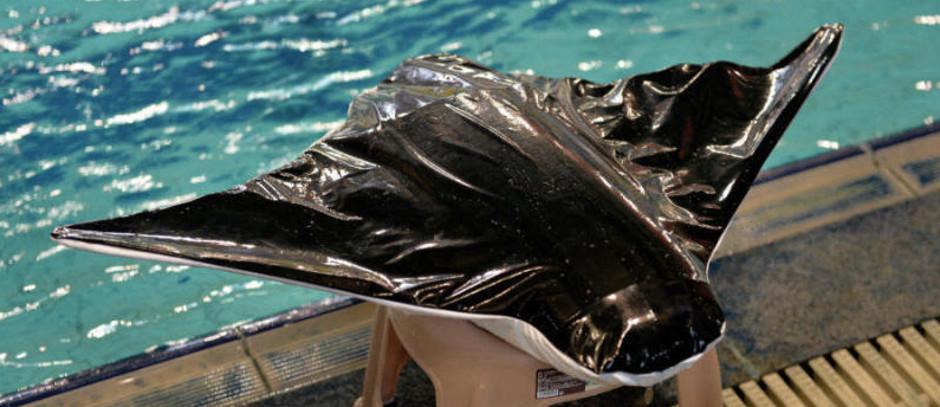
Source Collin Koh (Twitter) and https://en.nwpu.edu.cn/info/1175/3096.htm
Related articles (Full index of popular Covert Shores articles)

 Poseidon Intercontinental Nuclear-Powered Nuclear-Armed Autonomous Torpedo, and countering it
Poseidon Intercontinental Nuclear-Powered Nuclear-Armed Autonomous Torpedo, and countering it

 XLUUV armed extra-large UUV
XLUUV armed extra-large UUV

 Russian Navy Beluga whale
Russian Navy Beluga whale

 Harpsichord (Klavesin) AUV
Harpsichord (Klavesin) AUV

 SwarmDiver micro-USV
SwarmDiver micro-USV

 Nerpa anti-diver UUV
Nerpa anti-diver UUV

 Cephalopod armed extra-large UUV
Cephalopod armed extra-large UUV




